Diet Expert: Women Who Try This New Seasonal Eating Plan Are ‘Healthier in Every Conceivable Way’
The latest research shows that it’s not just about what you eat, but when you eat it.
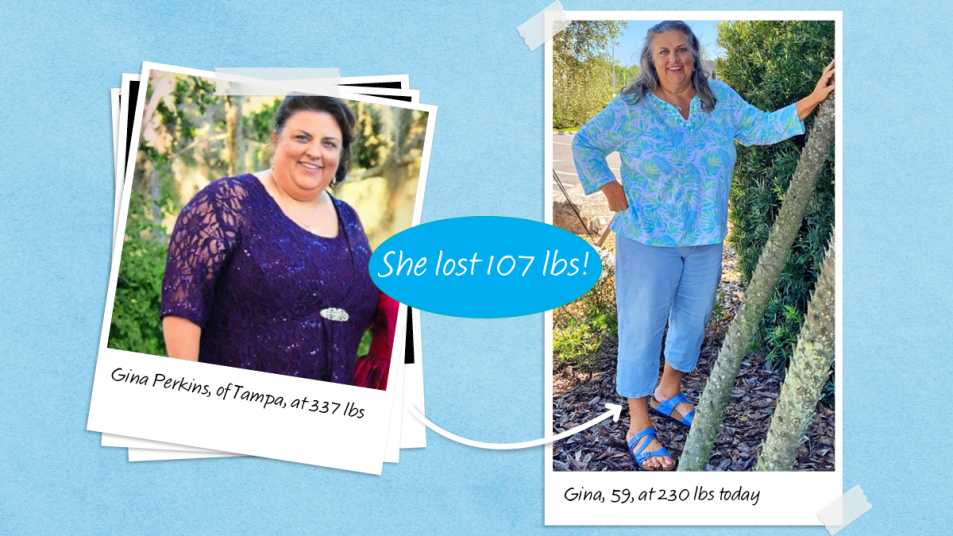
When it comes to weight loss, you’ve heard all the so-called “rules”: You need to show more willpower. (Read: Drop that Pop-Tart!) Diabetes and obesity are “lifestyle diseases.” (Read: Your habits are to blame!) And the list of falsehoods goes on. But what if you heard something different? It’s not your fault. That’s the mantra behind the new plan from Eric Edmeades, founder of WILDFIT, a program of paleo-inspired eating, and internist Ruben Ruiz, M.D., co-authors of Postdiabetic. What’s so refreshing about their strategy is that instead of starting with your meals, it starts with your mindset. While many of us beat ourselves up for craving sugar, they pinpoint the true culprit: the food industry making refined carbs so addictive that we can’t help but fall into their tempting trap.
It’s important to know you’re not to blame. Edmeades explains, “Thinking it’s your fault damages your self-esteem, and research shows the lower your self-esteem, the more likely you are to eat ‘dysfunctional foods,’” or anything packaged, from sodas to snacks. Dysfunctional, indeed! A staggering 38 million Americans have diabetes, largely due to two mainstays of our diet, adds investigative health journalist Gary Taubes, author of Rethinking Diabetes. “When researchers asked themselves what ‘traveled’ with the Western diet that caused increased cases of diabetes and heart disease in native populations, the two obvious suspects were sugar and white flour.”
How to outsmart “processed food disease”
“I’ve got a new word for diabetes that I use with my patients: ‘processed food disease,’” says Dr. Ruiz. And its repercussions may surprise you: Just as an excess of sugar can cause fatty liver disease, so can it lead to what experts are now calling “fatty pancreas.”
It’s a relatively new health issue. For our early ancestors, the pancreas evolved to secrete two different hormones: insulin to metabolize the sugars in what were then rare treats, like berries and honey, and glucagon to kick-start fat burning (aka: ketosis) when we were running low on sugar and needed the energy our fat stores provided. Trouble is, in our modern carb-filled world, insulin is in overdrive, breaking down everything from cookies to pasta, while fat-burning glucagon is rarely secreted.
Eating lots of carbs essentially puts our metabolism into a kind of hibernation, confirms Edmeades. “We then develop stronger cravings for more carbs and put on weight, and the fat we gain tells the body to put on more fat.” It’s a vicious cycle that simply didn’t happen when we ate in sync with the seasons. “When fruits and root vegetables were largely unavailable, Mother Nature used to come along and say, ‘No more carbs for you!’ and insulin was essentially asleep for half the year,” he says. “But today, we’ve blindfolded Mother Nature.”
Healthy eating, made easy
The way to remove that blindfold is by eating like our ancestors, whose food choices were more seasonal and limited, says Dr. Ruiz. “I encourage my patients to embrace a diet rich in green leafy vegetables and protein sources such as poultry, fish and eggs in the spring; fruits, especially antioxidant-rich berries, in the summer, and root vegetables in the fall.” He clarifies that while all veggies should remain a staple throughout the year, the root variety is seasonal, and therefore ideal, in autumn.
Dr. Ruiz is living testimony to the program’s power: “In 12 weeks, I shed 40 pounds and drastically reduced my medication intake,” he reveals.
Another devotee, Gina Perkins, lost 20 pounds in one month. Her success story is far from isolated: Research in the European Study of Clinical Nutrition showed that people who followed a paleo-type diet for six months lost an average of 14 pounds.
How seasonal eating balances hormones
Eating the seasonal way can also alleviate pesky midlife symptoms. “Women routinely report dramatic reductions in hot flashes and moodiness — they’re healthier in every conceivable way,” says Edmeades. One such woman is chiropractor Alma Nanshi, 53, now a WILDFIT coach, who dropped from a size 12 to a 6 on the plan, got off all her meds and reversed her diabetes and fatty liver disease. “It can be life-changing,” she confirms.
Weight loss? Check. Hormonal balance? Check. Diabetes reversal? Check! “After having seen so many reversals of diabetes, we think it should be viewed as a repetitive stress injury more than as an actual disease,” says Edmeades. “Diabetes is a matter of having taken your metabolism out of balance, and in a sense, having sprained it.”
The good news about a sprain is that with the right treatment, it can be mended. Ready to heal your relationship with food and get your blood sugar in a healthy range? Keep reading for an easy nine-week “mini plan” modeled on WILDFIT.
Week 1: Let the (food!) devil win
This phase is dedicated to your “food brain,” says Edmeades. “The focus is to build your self-esteem and develop your understanding of yourself relative to your relationship with food.” To do that, he advises listening to your “food devil” and “food angel.” Just observe how the former tries to tempt you and the latter tries to counter that inner voice. This week isn’t about deprivation, it’s about awareness.
Week 2: Fill up on the good stuff
In week two, add functional foods by incorporating more fruits and veggies, as well as protein sources like poultry, fish and meat. Says Edmeades, “Your health is far more about getting the good stuff than it is about removing the bad stuff.”
Week 3: Become a sugar Sherlock
In week three, it is time to subtract — sugar, that is. Look for it on the labels of your favorite foods and in sneaky places like tomato sauce and salad dressing. “I liken high blood sugar to a sticky substance that’s hard to move in blood vessels, imposing extra strain on your heart and causing high blood pressure,” says Dr. Ruiz. Rest assured your sugar-sleuthing will trigger a cascade of benefits, improving heart health and trimming your waistline.
Weeks 4–6: Burn fat after hibernation
Drum roll, please: Starting in week 4, you’re kicking off ketosis, the holy grail of weight loss. To wake up your metabolism, eat foods other than sleepy carbs. That means loading up on vegetables and lean proteins to spur fat-burning.
Weeks 7–9: Keep your metabolism on its toes
The final weeks see you adding root veggies, like beets and carrots, and sprinkling in fruits and berries. As week seven wraps up, scale back on fruits and veggies. Just as our ancestors adapted to times of the year when certain foods were scarce, so can we adjust to — and thrive on — seasonal eating. The good news is that when our body isn’t wasting energy on digestion, it can do more cellular self-cleaning. This process torches about 50% of cellular waste and 50% of fat. To supercharge it, Edmeades suggests intermittent fasting: Simply stop eating about 4 hours before bed, four to five days of the week.
If you have diabetes or are prediabetic, an easy way to track your blood sugar is by wearing a continuous glucose monitor (CGM). The small device can help you make easy lifestyle tweaks, says Dr. Ruiz, recalling a patient who noticed a dramatic spike in his blood sugar after what he thought was a non-carb meal. “He quickly engaged in physical activity to normalize his blood sugar — I now encourage my patients to incorporate exercise into their post-meal routine.” In fact, research shows walking for just 2 minutes after a meal lowers blood sugar significantly.
Typically, a prescription is needed for a CGM, but the FDA just approved the first over-the-counter CGM, the Dexcom Stelo Glucose Bionsensor, available to buy online this summer.
4 spring foods that supercharge slimming
Women are losing weight by eating natural, unprocessed foods. Our top picks…
Snap peas
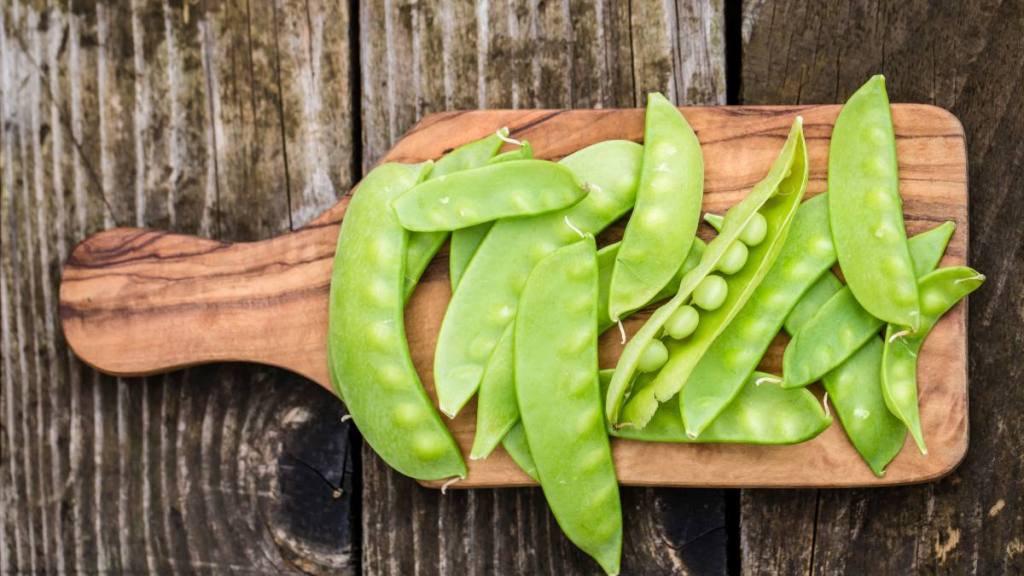
The petite powerhouses are brimming with fiber that helps break down carbohydrates and control blood sugar
Kale
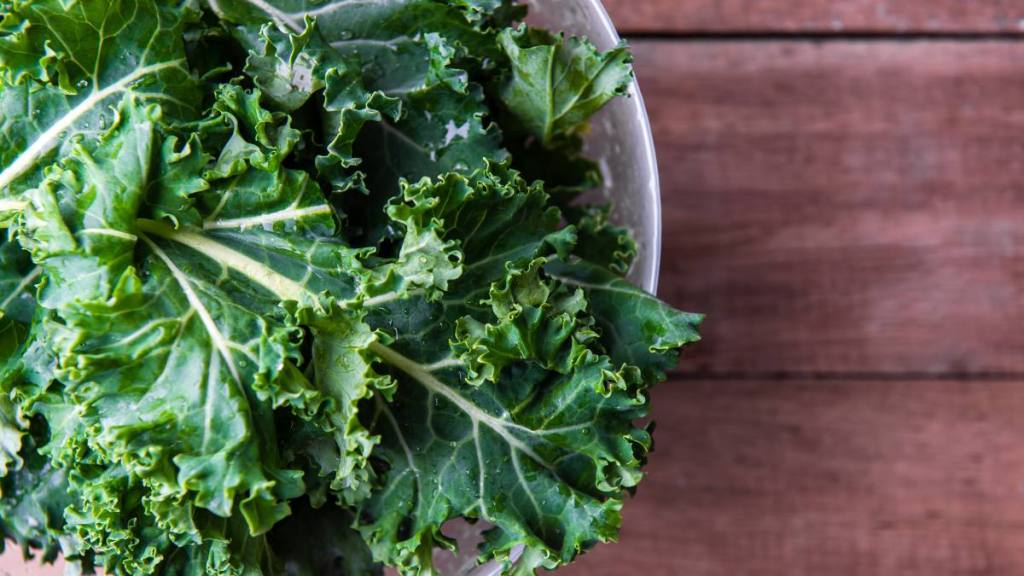
Full of antioxidants like quercetin, the unofficial queen of spring greens reduces glucose levels. Try them in these tasty kale chips.
Asparagus
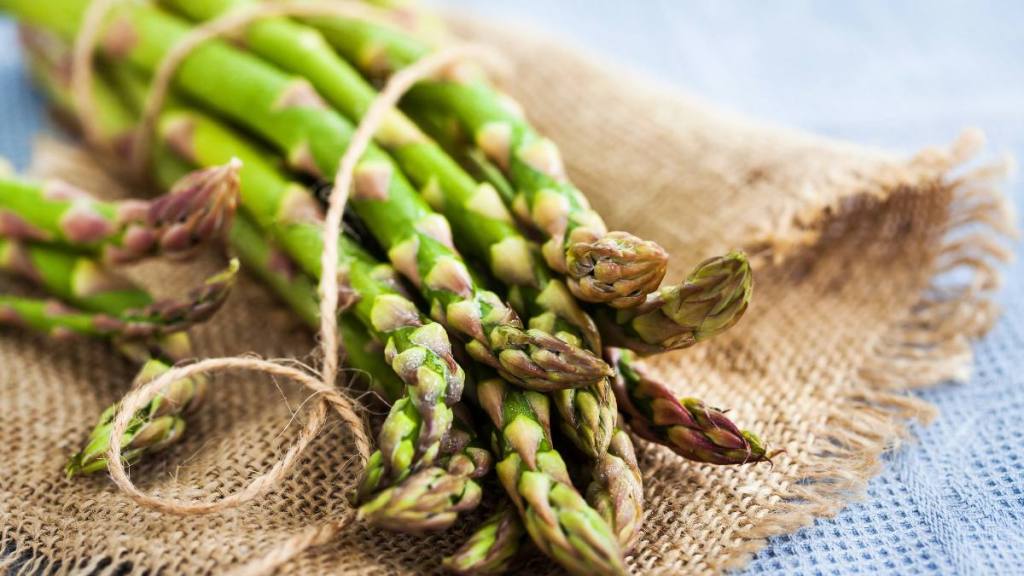
The veggie helps burn belly fat and improve your ability to metabolize glucose by 81%.
Artichokes
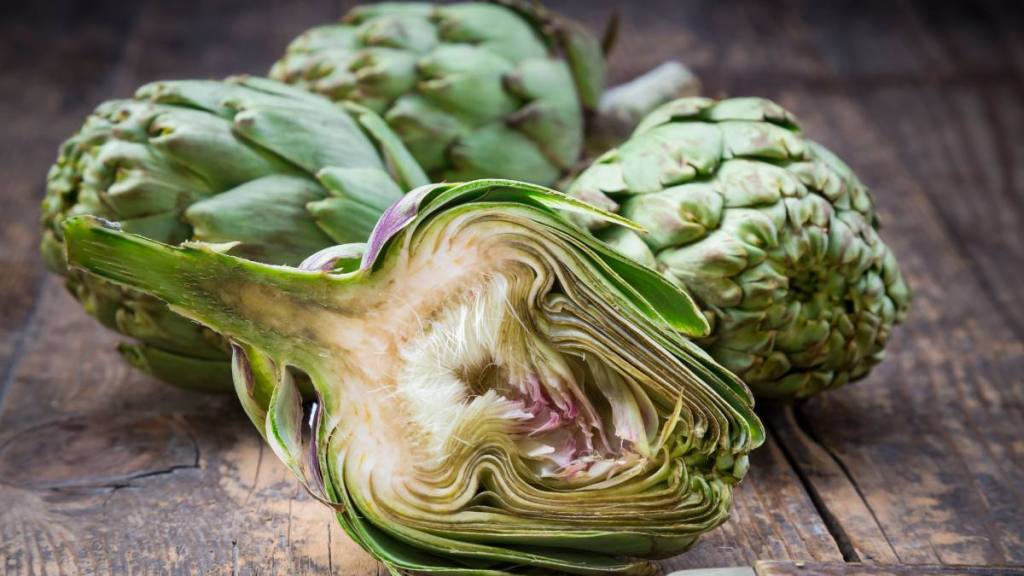
Proven to decrease blood-sugar levels and help the body digest fats, artichokes are a healthy addition to your spring plate. Try them in artichoke and zuccini pizza.
Wildfit success story: Gina Perkins, 59
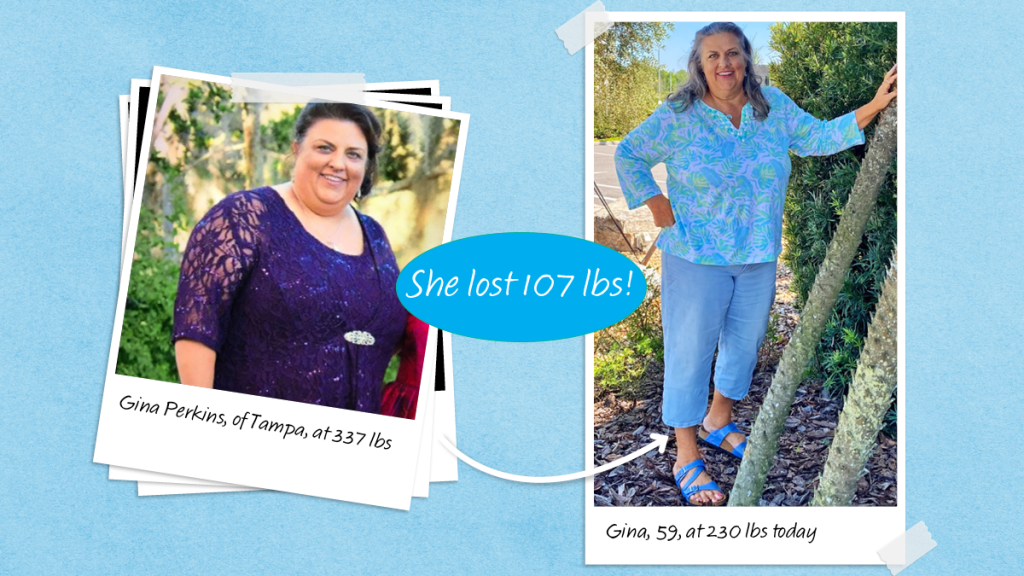
Gina Perkins looked at her swollen feet and feared for her future. For much of her life she was a yo-yo dieter—down 100 pounds, up 100. Recently diagnosed with prediabetes, she didn’t think she could handle another deprivation diet. She admits, “I knew if I didn’t get it together, I wasn’t going to be around to see my grandkids grow up.”
Then Gina discovered YouTube videos by Eric Edmeades, creator of the blood sugar–balancing plan WILDFIT. “He would say, ‘If you’re counting calories to lose weight, it’s not going to work.’” That message resonated with her, and she signed up for the WILDFIT 90 Day Challenge, where she learned to pay attention to why she ate what she ate, and how she felt afterward. She ditched processed foods and enjoyed meals like stir-fries full of seasonal vegetables and steak. By the end of the challenge, Gina lost 9 pounds. “But what I really lost was the out-of-control cravings.” She went on to drop 75 pounds and improve her blood sugar, joint pain and swelling. So “fired up” about her transformation, Gina became a WILDFIT coach and helped her diabetic husband lose 130 pounds and get off insulin. Now, Gina can’t believe how far she’s come. “I just really wanted to feel good, and I’m already feeling great!” (Learn more at GinaPCoaching.com.)
For more on diets, click through the links below!
Weight-Loss Discovery: How 1 Woman Healed Fatty Liver and Lost 101 Lbs in a Year
The Atlantic Diet May Be the Healthiest Diet Ever: What You Need to Know
Dr. Ian Smith’s 3-Week “Confuse It to Lose It” Plan Works Wonders for Women Over 40



















